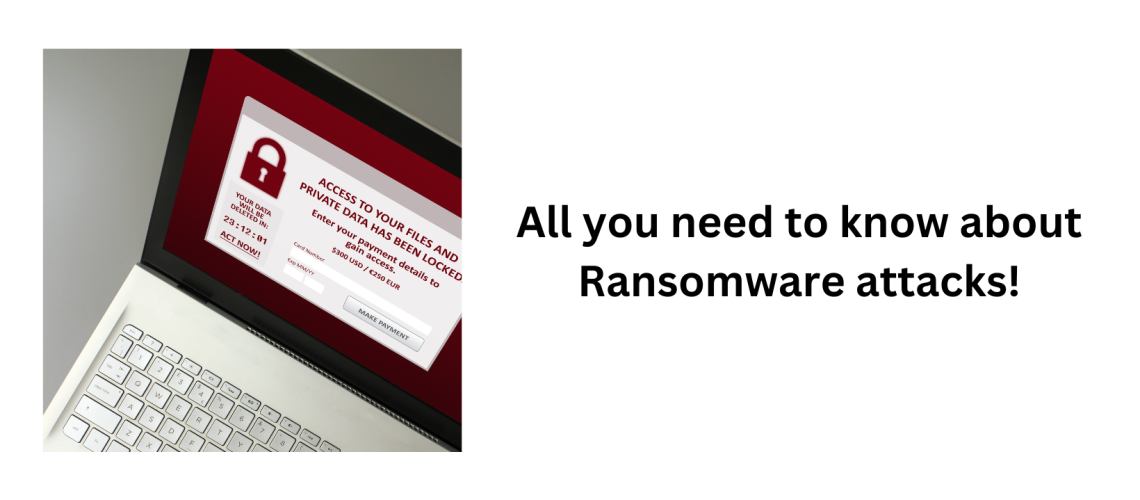Ransomware attacks have become increasingly common in recent years, and they can have devastating effects on both individuals and organizations. One of the most important things to know about ransomware is that paying the ransom is never a guarantee that your data will be restored. In this blog post, we’ll take a closer look at ransomware data recovery, and what you can do if you find yourself the victim of a ransomware attack.
What is ransomware?
Ransomware is a type of malware that encrypts a victim’s files and demands payment in exchange for the decryption key. Ransomware can be spread through phishing emails, compromised websites, and other means. Once ransomware infects a system, it can quickly spread to other systems on the same network, making it difficult to contain.
Why paying the ransom may not be the best option?
While it may be tempting to pay the ransom to get your data back, doing so is never a guarantee that your data will be restored. There have been cases where victims paid the ransom, only to find that their data was still unrecoverable. Additionally, paying the ransom only encourages the attackers to continue their malicious activities.
Ransomware data recovery options
If you’ve been the victim of a ransomware attack, there are a few options for data recovery. The first step is to disconnect the infected device from the network to prevent further spread of the malware. Next, you can try to restore your files from a backup. It’s important to have regular backups in place so that you can easily recover your data in the event of an attack.
If you don’t have a backup, you may be able to use a data recovery tool to restore your files. These tools work by scanning the hard drive for traces of the original files and attempting to reconstruct them. However, there’s no guarantee that these tools will be successful, especially if the ransomware has overwritten the original files.
Finally, if all else fails, you may need to seek the help of a professional data recovery service. These services specialize in recovering data from damaged or corrupted devices, and they may be able to help you recover your files even if they’ve been encrypted by ransomware.
Preventing future ransomware attacks
The best way to deal with ransomware is to prevent it from happening in the first place. Here are a few tips to help you protect your data from ransomware attacks:
- Keep your operating system and software up to date with the latest security patches
- Use a reputable antivirus program and keep it updated
- Be cautious when opening email attachments or clicking on links
- Use strong, unique passwords for all your accounts
- Regularly backup your data to an external hard drive or cloud storage service
How can we help?
We have the best solutions for Endpoint Protection of your business. Some of them are following:
Sophos
Unified Endpoint Management
42Gears
SureMDM
SureFox
SureLock
Astro Contacts
Conclusion
In conclusion, ransomware attacks can be devastating, but there are ways to recover your data without paying the ransom. By following the tips above, you can protect yourself from future attacks and keep your data safe.
Ransomware attacks have become increasingly common in recent years, and they can have devastating effects on both individuals and organizations. One of the most important things to know about ransomware is that paying the ransom is never a guarantee that your data will be restored. In this blog post, we’ll take a closer look at ransomware data recovery, and what you can do if you find yourself the victim of a ransomware attacks. Contact us at Green Edge Computers to know more.



